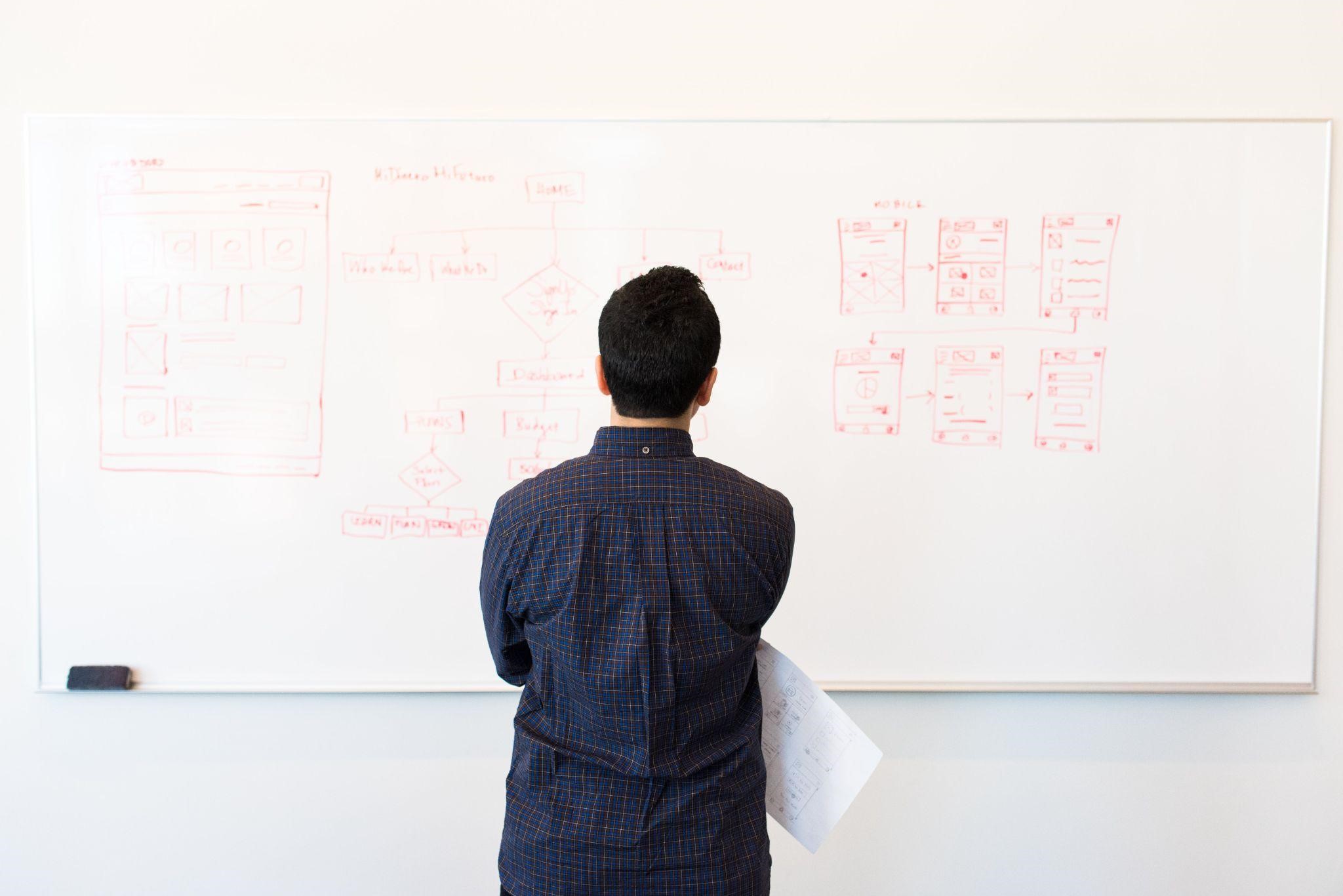Contents
- 1 1. Strategic Planning During Construction
- 2 2. Implementing Energy-Efficient Cooling Systems
- 3 3. Utilization Of Advanced Power Usage Effectiveness (PUE) Metrics
- 4 4. Adoption Of Modular Data Center Designs
- 5 5. Investing In Energy-Efficient Hardware
- 6 6. Integrating Renewable Energy Sources
- 7 7. Advanced Monitoring And Automation Systems
- 8 Conclusion: The Imperative Of Energy Efficiency
In the digital era, data centers are the beating hearts of enterprises, pulsating with streams of data that empower businesses worldwide. However, these critical infrastructures are also notorious for their substantial energy consumption, often attributed to their continuous operational demands. As the collective conscience shifts towards sustainability, designing an energy-efficient data center has ascended to a top priority for businesses looking to minimize their carbon footprint without compromising on performance.
Below, we delve into the key considerations that architects, engineers, and IT professionals must keep in mind while planning and constructing a modern, energy-efficient data center.
1. Strategic Planning During Construction
The groundwork for an energy-efficient data center is laid during the initial phases of data center construction. Thoughtful planning and design decisions resonate through the entire lifespan of the facility. It is critical to choose a location that benefits from a temperate climate, reducing the reliance on artificial cooling. Incorporating renewable energy sources from the outset can vastly decrease the energy footprint. The orientation of the building, choice of materials, and inclusion of natural light are other factors that substantially impact energy consumption.
2. Implementing Energy-Efficient Cooling Systems
Cooling systems are one of the biggest energy consumers in a data center. Traditional methods are being usurped by innovative cooling solutions that optimize energy use. Hot aisle/cold aisle layouts, liquid cooling systems, and using outside air for cooling during cooler months are strategies that can lead to significant energy savings. Precision in cooling – directing cool air exactly where it’s needed rather than cooling entire rooms – also enhances efficiency.
3. Utilization Of Advanced Power Usage Effectiveness (PUE) Metrics
PUE is a crucial metric in assessing data center energy efficiency. An ideal PUE ratio is as close to 1 as possible, indicating that nearly all energy consumed is used directly for computing rather than cooling or other infrastructure. Continual monitoring and refinement of PUE through advanced metrics and real-time data analysis allow operators to make informed decisions to reduce unnecessary power consumption.
4. Adoption Of Modular Data Center Designs
Modularity in design ensures that a data center can scale efficiently. Building a massive facility and maintaining it at full capacity from the outset can be wasteful. Modular components allow for “right-sizing” the data center, ensuring that the infrastructure grows in tandem with demand, thereby optimizing energy use throughout the life cycle of the data center.
5. Investing In Energy-Efficient Hardware
Hardware selection greatly influences overall energy consumption. Utilizing the latest servers, storage, and network gear that abide by energy-efficient standards can make a substantial difference. Energy Star-rated equipment and servers that automatically adjust to the workload can reduce power usage during off-peak hours.
6. Integrating Renewable Energy Sources
With the increasing affordability and accessibility of renewable energy, integrating solar panels, wind turbines, or accessing renewable energy through power purchase agreements can significantly reduce a data center’s carbon emissions. Not only is it environmentally responsible, but it also offers resilience against fluctuating energy prices.
7. Advanced Monitoring And Automation Systems
Implementing smart monitoring systems that provide real-time insights into power and cooling efficiency can lead to quick corrective actions and preemptive adjustments. Automation of these systems ensures that they operate at peak efficiency without human intervention, further enhancing the energy efficiency of the facility.
Conclusion: The Imperative Of Energy Efficiency
In an age where the digital demand is surging, and the environmental impact of energy consumption is scrutinized, the significance of designing an energy-efficient data center cannot be overstated. It is an intricate balance of technology, architecture, and strategy that requires a deep understanding of both the digital and physical worlds. From the onset of construction to the day-to-day operations, energy efficiency must be ingrained in every facet of a data center’s life cycle.
It is a complex endeavor, but one that reaps substantial rewards for the environment, the economy, and the enterprises that depend on these vital data repositories.


